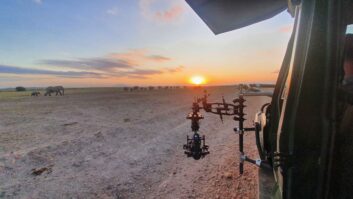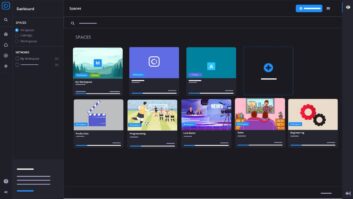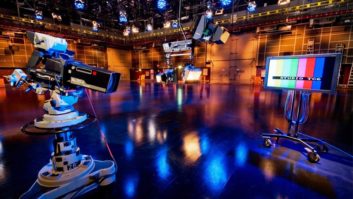
The prospect of Ultra HD TV is stimulating developments in home audio technologies to keep pace with larger consumer displays and higher resolution pictures.
Hamburg-based pro-audio software manufacturer Master Pinguin is involved in research and development with the EBU to help develop proposals for new surround sound formats.
At IBC it is demonstrating an immersive audio environment using a speaker layout between 5.1 and 22.2 and asking visitors to provide their feedback to a listening test. “We are inviting interested IBC visitors into this acoustical holodeck for listening tests using new, innovative 3D audio technologies,” explained Pinguin owner Ralph Kessler, also an EBU member of working group PLOUD.
He describes these technologies as including “sophisticated environment simulations combining 3D noise with acoustical attributes or automatic format conversion.” The aim of the tests is to define a new quality parameter called ‘depth of immersion’ to quantify the subjective perception of audio envelopment.
Participants may register in advance at www.masterpinguin.de/ibc.
Elsewhere at IBC’s Future Zone exhibit area, another future audio format is being aired. BiLi (Binaural Listening) is a collaborative funded project involving 10 French partners running from 2013 to 2016. The project will work on new reference materials for multichannel, 3D audio and object-orientated audio and aims to standardise a methodology for spatial audio subjective testing.
It is working with SOFA (Spatially Oriented Format for Acoustics) to define a file format for reading, saving, and describing spatially oriented data of acoustic systems.
The examples of data SOFA is considering are head-related transfer functions (HRTFs), binaural room impulse responses (BRIRs), multichannel measurements with microphone arrays, and directionality data of loudspeakers.
The BiLi project collaborates with the French video project 4EVER, to draw together the future of TV associating 3D audio with Ultra HD video.
Image: NHK’s 22.2 channel mixing experiment
By Adrian Pennington
www.bili-project.org
www.masterpinguin.de
www.sofaconventions.org







